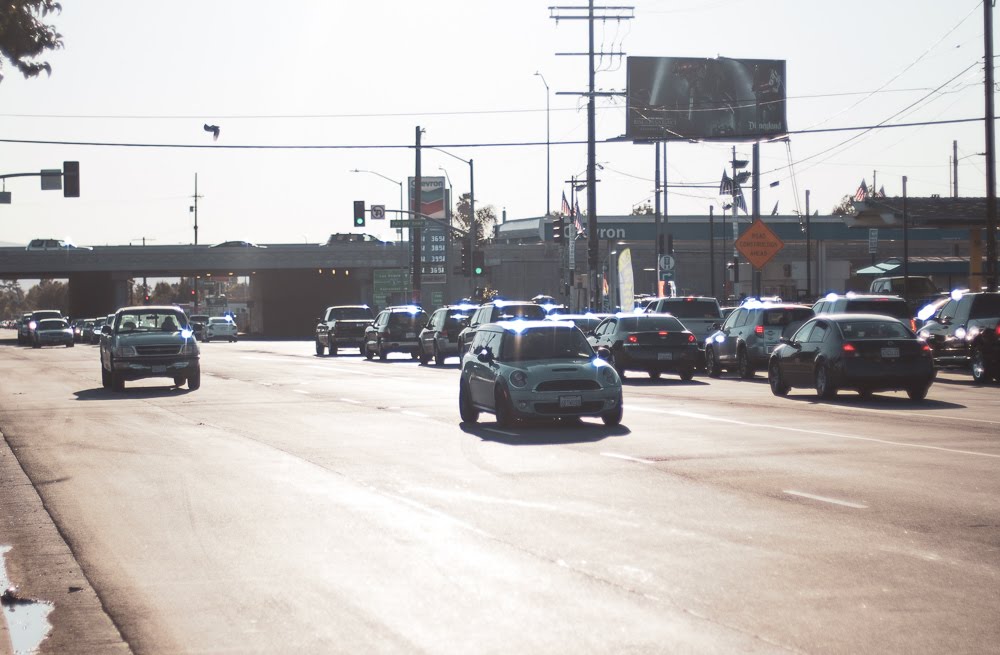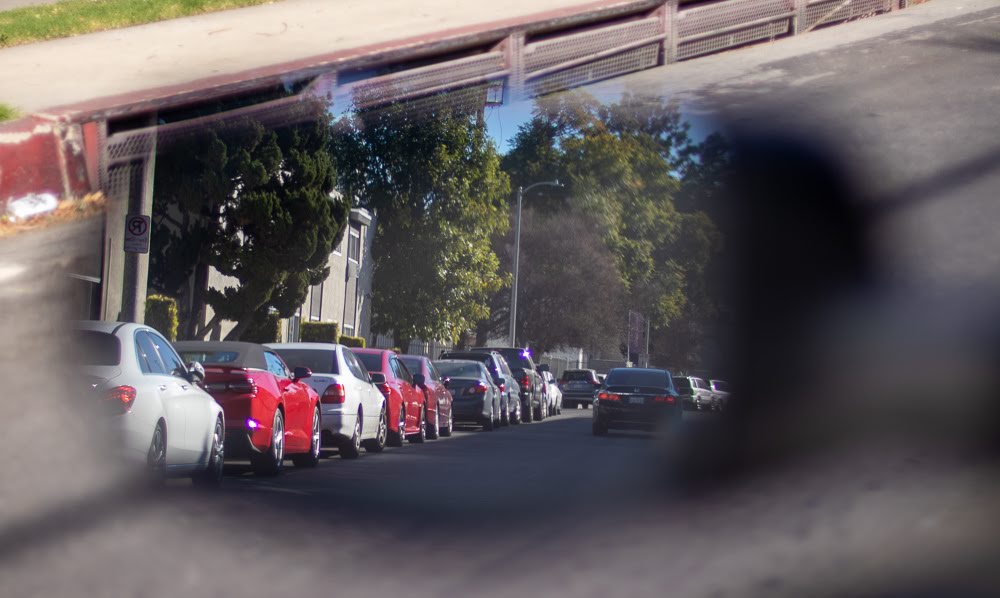The Kansas Department of Transportation reports a total of 900 head-on collisions in the state over the course of 2013. Drivers who are involved in head-on collisions face the serious threat of injury or death because these accidents involve so much force. When two cars hit head-on, the momentum of the accident is amplified and the body is forced to absorb much more impact. This means head-on crashes are disproportionately fatal when compared to other types of crashes.
Due to the high risks of head-on car accidents, it is important to understand where head-on crashes are most likely to occur. When drivers are more aware of zones which present an increased risk to safety they can make informed choices about how to drive carefully in these locations.
Where are Head-On Crashes Most Likely to Occur in Kansas
Kansas DOT reports 68 percent of accidents in the state occur in urban areas. However, urban areas are less likely to be the site of head-on crashes than rural areas. Safety Transportation indicates 75 percent of head-on accidents nationwide occur on rural roads. National Highway Traffic Safety Administration also indicates head-on crashes account for 13 percent of fatalities in rural areas and 7 percent of deaths in urban areas.
While urban areas may not be as much of a danger zone for head-on crashes as rural areas, these types of accidents still happen in urban settings. All drivers need to be aware of the dangers on any roads they travel. Accidents occurring in Kansas include:
- Interstate highways, which were the location of 6,672 collisions in 2013 including 42 fatal crashes and 1,542 injury crashes.
- S. Highways, which were the site of 8,963 total accidents in 2013, including 86 accidents causing fatalities and 1,773 accidents causing injuries.
- Kansas highways, where 5,230 total accidents occurred including 35 fatal crashes and 1,005 injury crashes in 2013.
- City streets, where 30,532 accidents occurred and where 81 fatalities and 7,183 fatalities occurred in 2013.
- Country roads, which were the location of 7,075 total crashes in 2013, including 83 fatal collisions and 1,603 injury accidents.
Most head-on crashes are caused by drivers who veer into the opposing lane of traffic because they are intoxicated, because they are distracted by something and not paying attention to the road, or because they fall asleep and lose control of their cars.
There are other scenarios which lead to head-one collisions as well. In rural areas, unsafe passing is the cause of almost 5 percent of head-on crashes. In urban areas, many head-on crashes are wrong-way collisions, which occur when drivers get onto highways going opposite the direction of traffic. Federal Highway Administration indicates some roadways present a higher risk of wrong-way crashes as compared with others. A cloverleaf design, which involves an entrance and exit lane adjacent and parallel to each other, is a particularly dangerous kind of roadway.
If drivers are more careful on rural roads and near highways, hopefully motorists can be safer and avoid head-on accidents.





